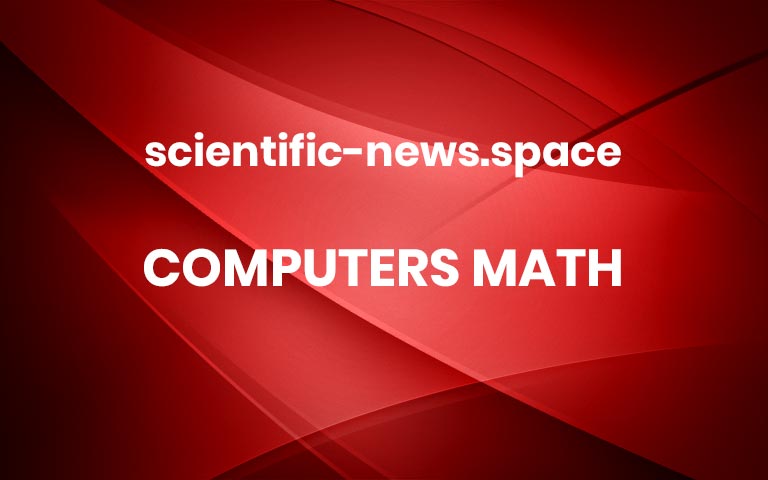Caltech’s massive 6,100-qubit array brings the quantum future closer
Quantum computers will need large numbers of qubits to tackle challenging problems in physics, chemistry, and beyond. Unlike classical bits, qubits can exist in two states at once — a phenomenon called superposition. This quirk of quantum physics gives quantum computers the potential to perform certain complex calculations better than their classical counterparts, but it also means the qubits are fragile. To compensate, researchers are building quantum computers with extra, redundant qubits to correct any errors. That is why robust quantum computers will require hundreds of thousands of qubits.
Now, in a step toward this vision, Caltech physicists have created the largest qubit array ever assembled: 6,100 neutral-atom qubits trapped in a grid by lasers. Previous arrays of this kind contained only hundreds of qubits.
This milestone comes amid a rapidly growing race to scale up quantum computers. There are several approaches in development, including those based on superconducting circuits, trapped ions, and neutral atoms, as used in the new study.
“This is an exciting moment for neutral-atom quantum computing,” says Manuel Endres, professor of physics at Caltech. “We can now see a pathway to large error-corrected quantum computers. The building blocks are in place.” Endres is the principal investigator of the research published on September 24 in Nature. Three Caltech graduate students led the study: Hannah Manetsch, Gyohei Nomura, and Elie Bataille.
The team used optical tweezers — highly focused laser beams — to trap thousands of individual cesium atoms in a grid. To build the array of atoms, the researchers split a laser beam into 12,000 tweezers, which together held 6,100 atoms in a vacuum chamber. “On the screen, we can actually see each qubit as a pinpoint of light,” Manetsch says. “It’s a striking image of quantum hardware at a large scale.”
A key achievement was showing that this larger scale did not come at the expense of quality. Even with more than 6,000 qubits in a single array, the team kept them in superposition for about 13 seconds — nearly 10 times longer than what was possible in previous similar arrays — while manipulating individual qubits with 99.98 percent accuracy. “Large scale, with more atoms, is often thought to come at the expense of accuracy, but our results show that we can do both,” Nomura says. “Qubits aren’t useful without quality. Now we have quantity and quality.”
The team also demonstrated that they could move the atoms hundreds of micrometers across the array while maintaining superposition. The ability to shuttle qubits is a key feature of neutral-atom quantum computers that enables more efficient error correction compared with traditional, hard-wired platforms like superconducting qubits.
Manetsch compares the task of moving the individual atoms while keeping them in a state of superposition to balancing a glass of water while running. “Trying to hold an atom while moving is like trying to not let the glass of water tip over. Trying to also keep the atom in a state of superposition is like being careful to not run so fast that water splashes over,” she says.
The next big milestone for the field is implementing quantum error correction at the scale of thousands of physical qubits, and this work shows that neutral atoms are a strong candidate to get there. “Quantum computers will have to encode information in a way that’s tolerant to errors, so we can actually do calculations of value,” Bataille says. “Unlike in classical computers, qubits can’t simply be copied due to the so-called no-cloning theorem, so error correction has to rely on more subtle strategies.”
Looking ahead, the researchers plan to link the qubits in their array together in a state of entanglement, where particles become correlated and behave as one. Entanglement is a necessary step for quantum computers to move beyond simply storing information in superposition; entanglement will allow them to begin carrying out full quantum computations. It is also what gives quantum computers their ultimate power — the ability to simulate nature itself, where entanglement shapes the behavior of matter at every scale. The goal is clear: to harness entanglement to unlock new scientific discoveries, from revealing new phases of matter to guiding the design of novel materials and modeling the quantum fields that govern space-time.
“It’s exciting that we are creating machines to help us learn about the universe in ways that only quantum mechanics can teach us,” Manetsch says.
The new study, “A tweezer array with 6100 highly coherent atomic qubits,” was funded by the Gordon and Betty Moore Foundation, the Weston Havens Foundation, the National Science Foundation via its Graduate Research Fellowship Program and the Institute for Quantum Information and Matter (IQIM) at Caltech, the Army Research Office, the U.S. Department of Energy including its Quantum Systems Accelerator, the Defense Advanced Research Projects Agency, the Air Force Office for Scientific Research, the Heising-Simons Foundation, and the AWS Quantum Postdoctoral Fellowship. Other authors include Caltech’s Kon H. Leung, the AWS Quantum senior postdoctoral scholar research associate in physics, as well as former Caltech postdoctoral scholar Xudong Lv, now at the Chinese Academy of Sciences. More


